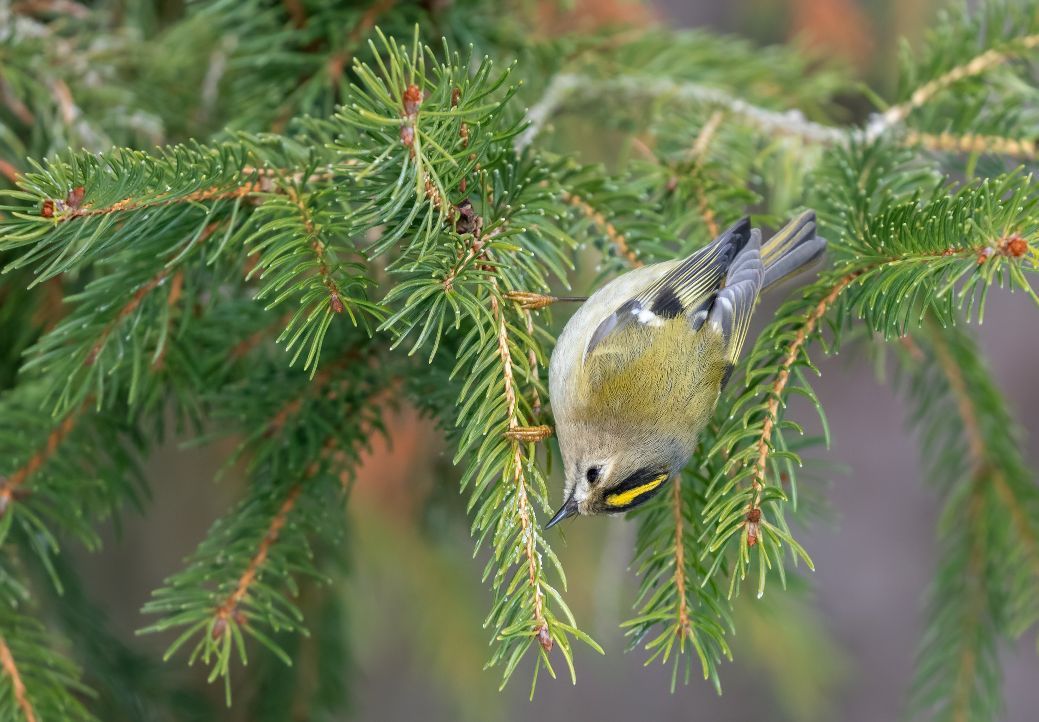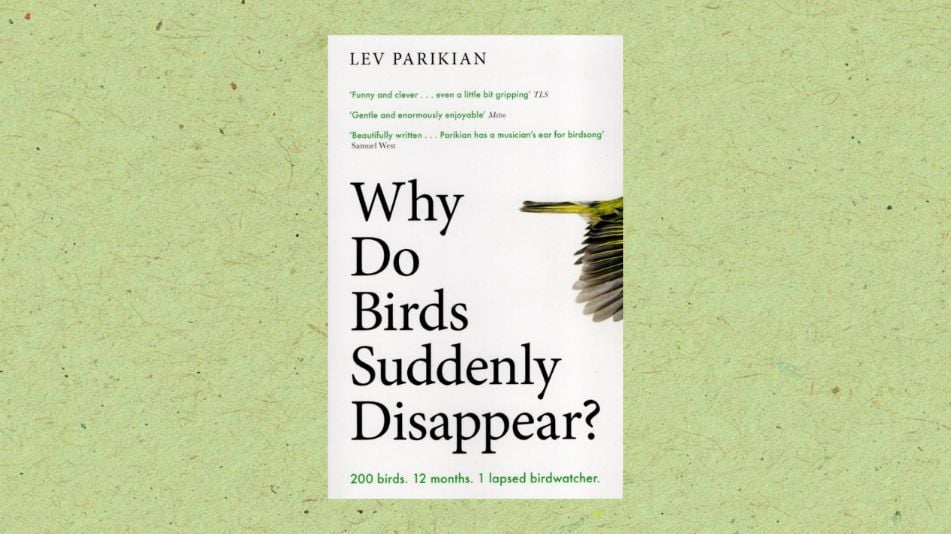‘200 birds. 12 months. One lapsed birdwatcher’. No, not the tag-line to a new, incredibly low-octane action film, but rather, the premise of Why Do Birds Suddenly Disappear?, a charming book in which author Lev Parikian sets himself the challenge of spotting 200 species of our feathered friends in a year. It’s less Mission Impossible than Mission Plausible, Though With a High Degree of Difficulty, but then again, you could say the same about the Tom Cruise franchise - another conversation for another time.
More than the list of 200, Parikian’s book is really about rediscovering a love of ‘birding’ which the London-based composer held dear as a child. It was recently released on paperback, and was recommended to me after a brief foray into the world of birdwatching during the halcyon days (which of course, were in no way ‘halcyon days’) of lockdown one, the indisputable highlight of which was a barn - at least I think it was a barn - owl leaping out of some reeds a metre in front of me in the Lomond Hills in Fife, and almost knocking me face first into a swamp.
“I check the Mediterranean gull on my phone,” Lev writes. “The adult bird is described as ‘unmistakable’, a sure sign I have no chance of identifying it.”
To many people, the concept of being able to identify every bird you walk past is highly appealing. But it’s just... it's quite hard, isn’t it? There are so many birds, often with such similar names and equally often, similar appearances. It can feel overwhelming to try and learn about birds. But if Parikian’s book achieves one great feat, I would say that it is stripping away so many of the stigmas and complexities from birding and making it seem so accessible; showcasing how joyful it can be simply to be able to identify one or two birds on your daily walk.
Parikian sets the rule of only including a bird on his list of 200 when he’s 100% certain of its identity, leading to a lot of time spent poking fun at just how tricky that can be. “I check the Mediterranean gull on my phone,” Lev writes. “The adult bird is described as ‘unmistakable’, a sure sign I have no chance of identifying it.”

A goldcrest, the UK’s smallest bird is described as “the same weight as a 20p piece but much cuddlier”, later leading to a stork being described as weighing roughly "474 pound coins or 4,639 £10 notes.” We learn a bearded tit has a droopy beard like a "Mexican-in-a-1970s-cartoon moustache", and accompany Lev watching swifts dance; “a top-class aerial ballet company performing at no cost to the taxpayer.” The book captures the joy and connectivity that birding can bring without making it feel like you’re reading a dense science class PDF.
Parikian’s musical background brings beauty to the bird song, and the insider's look at birding, from the hides, binoculars and awkward small talk to early morning wake up calls, scenic coastlines and… not so scenic reservoirs - "You have to warm to a place where the location of a bird is described with reference to a submerged supermarket trolley" - is often laugh out loud funny.
Perhaps what makes the book so very readable though is the personal touch, the affable writing and the fact that rather than being lectured to, the reader is instead invited to walk alongside Lev on a fascinating journey of discovery and exploration - with all the clumsiness, laughter and mixed success that entails.
Support indy bookshops by buying 'Why Do Birds Suddenly Disappear' from a local bookshop, or online at Bookshop.org.
This article contains affiliate links. Which basically means we make a little commission if you click through and buy something. It doesn’t cost you anything, and it just means we can do more good things in good places.

